Working Principle of the Blower Motor Cooling System:
1. Active Cooling with Phase Change Material
Utilizing phase change heat storage materials, the heat generated by the motor is converted into latent heat, maintaining the temperature at the phase change point for efficient heat dissipation.
The cooling system has three operating modes: Natural Mode (utilizing only the natural heat storage/dissipation of the phase change material), Normal Mode (opening the inlet and outlet valves and pumping coolant at low frequency for rapid cooling), and Emergency Mode (high-frequency pumping of coolant for rapid cooling).
2. Air-Cooled Piping System
By installing air inlets, filter boxes, and cooling ducts in the blower room, low-temperature, clean air is introduced from the bottom channel for direct air cooling of the blower, improving operational stability and extending service life.
3. Dual-Oil-Tank Water-Cooled Roots Blower
A dual-oil-tank and water-cooling system is installed at the blower head. The oil tanks provide lubrication and heat dissipation for key components such as gears and bearings, while the water-cooling circuit further reduces the machine body temperature, suitable for high-flow, high-pressure, and long-term continuous operation.
4. Basic Heat Dissipation Principle
Motors generate heat during rotation. If heat is not dissipated promptly, it can lead to overheating, decreased efficiency, and even damage. The cooling methods described above utilize heat conduction, phase change, forced ventilation, or liquid circulation to rapidly remove heat from the motor's interior, maintaining the temperature within a safe operating range.
How to choose the right blower motor for cooling and drying systems?
1. Meeting Air Pressure and Airflow Requirements
When selecting a blower motor, ensure it provides sufficient air pressure and airflow to overcome pipe resistance and achieve continuous, stable airflow, meeting the needs of industrial workshops, HVAC systems, and wastewater treatment environments.
2. Materials and Environmental Resistance
The motor body is made of high-strength materials, possessing high-temperature resistance, dust resistance, and corrosion resistance, enabling long-term operation in high-temperature, dusty, or humid industrial environments without failure.
3. Variable Frequency Speed Control and Energy Consumption Control
Supports variable frequency speed control, allowing precise adjustment of speed according to actual operating conditions. This achieves flexible matching of airflow and air pressure, significantly reducing energy consumption and improving overall system efficiency.
4. Modular Structure and Convenient Maintenance
The modular design allows for easy component assembly and disassembly, resulting in shorter maintenance cycles and reduced downtime. Furthermore, the cooling methods (such as phase change cooling, air cooling, or water cooling) can be flexibly combined to achieve the optimal balance between reliability and energy efficiency, depending on different operating conditions.
Content


 English
English عربى
عربى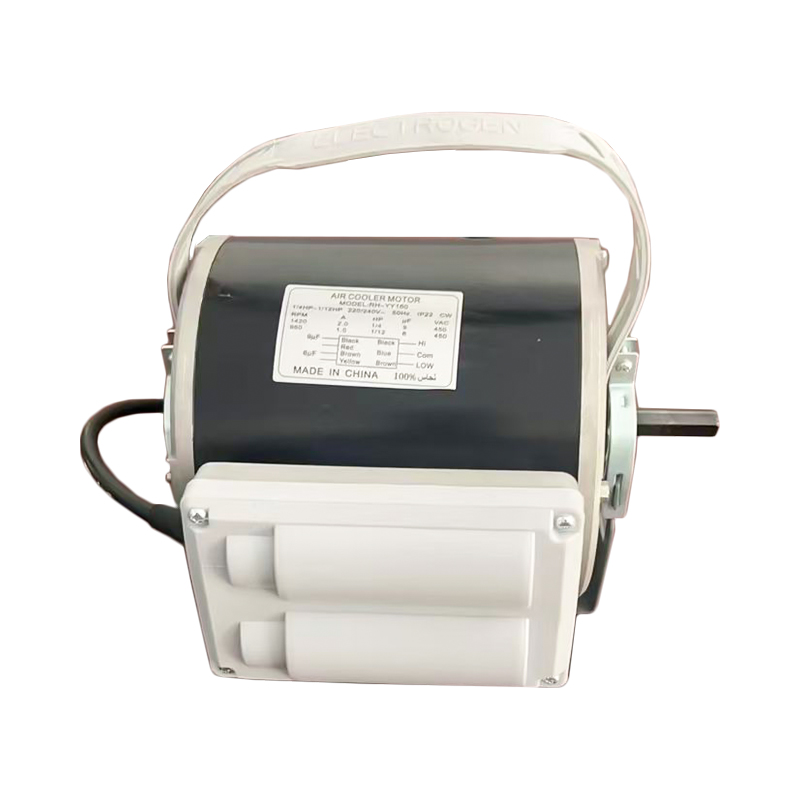
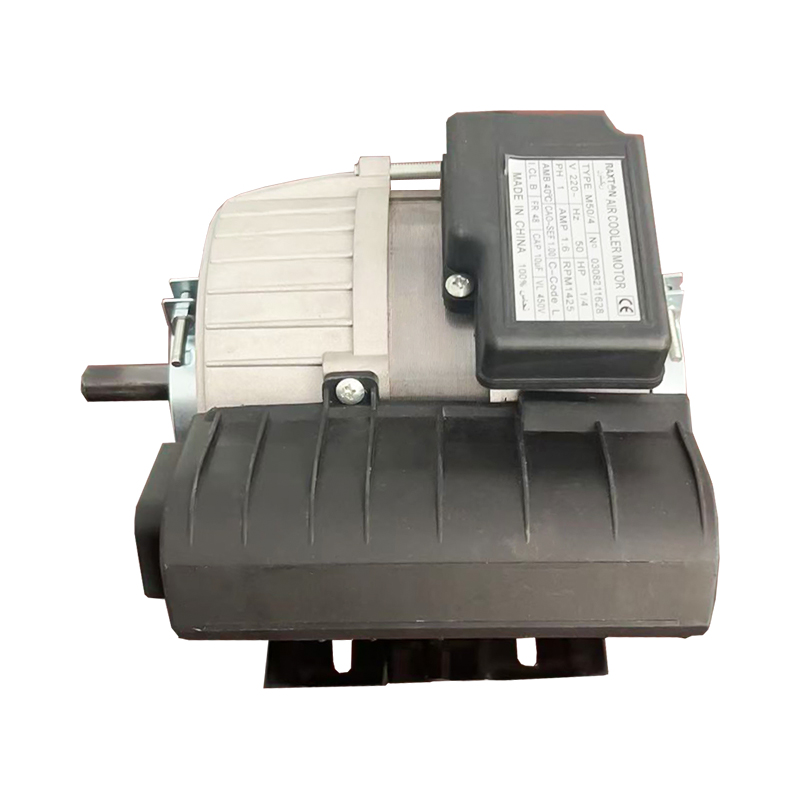
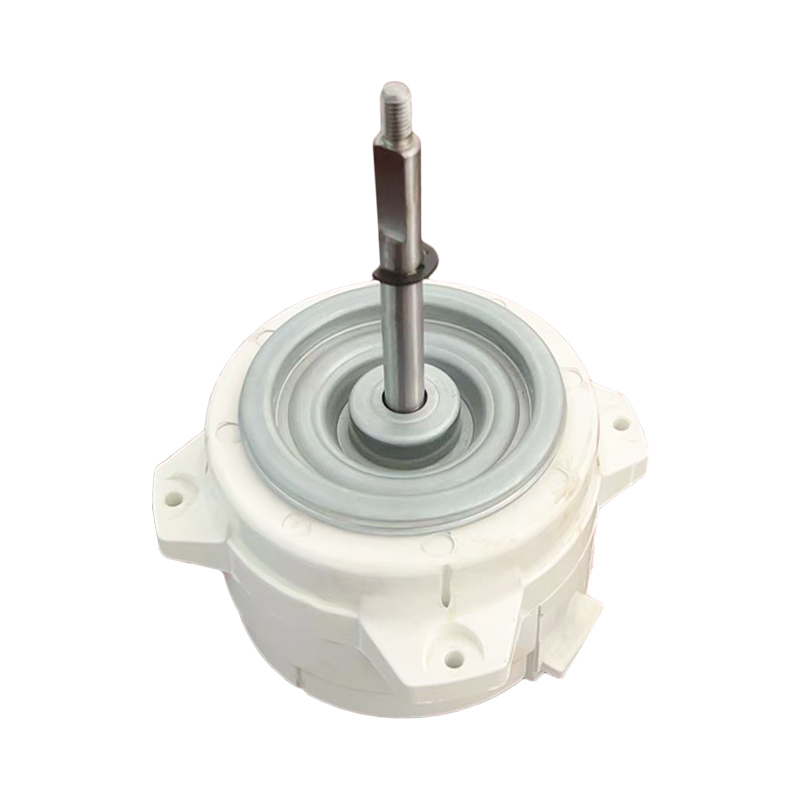

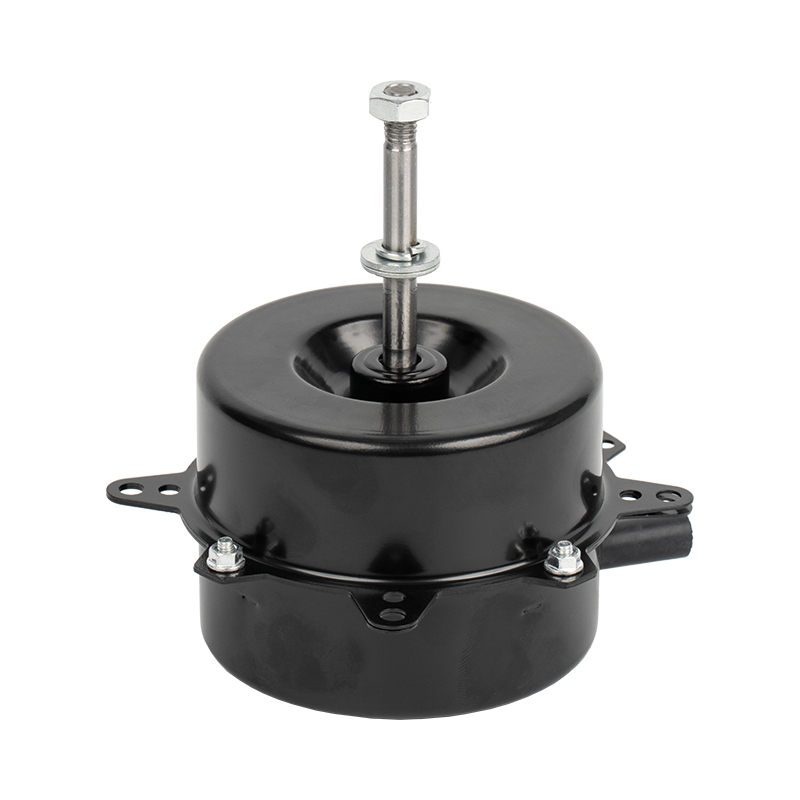
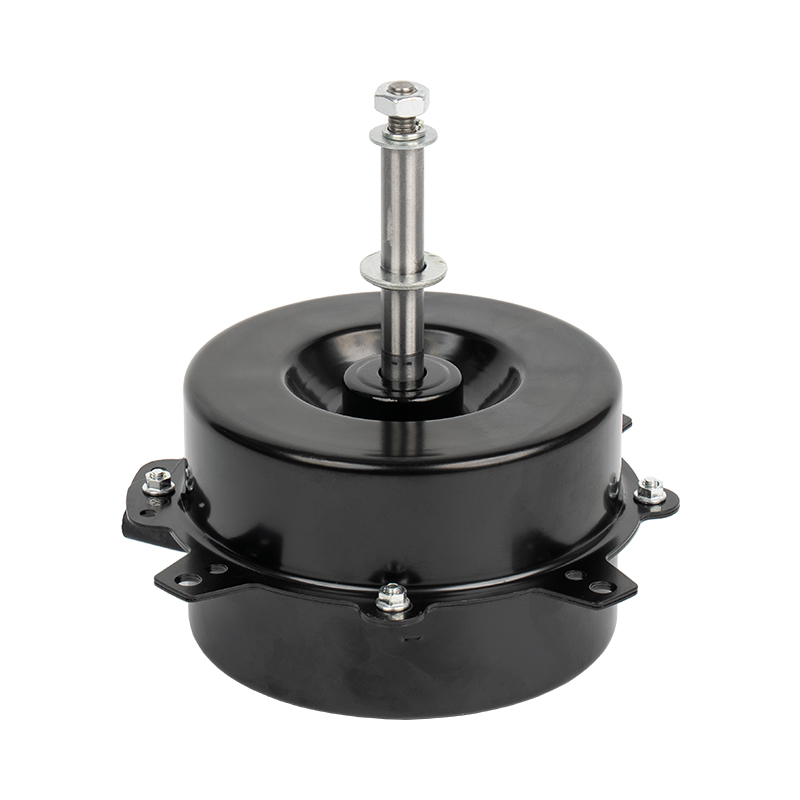
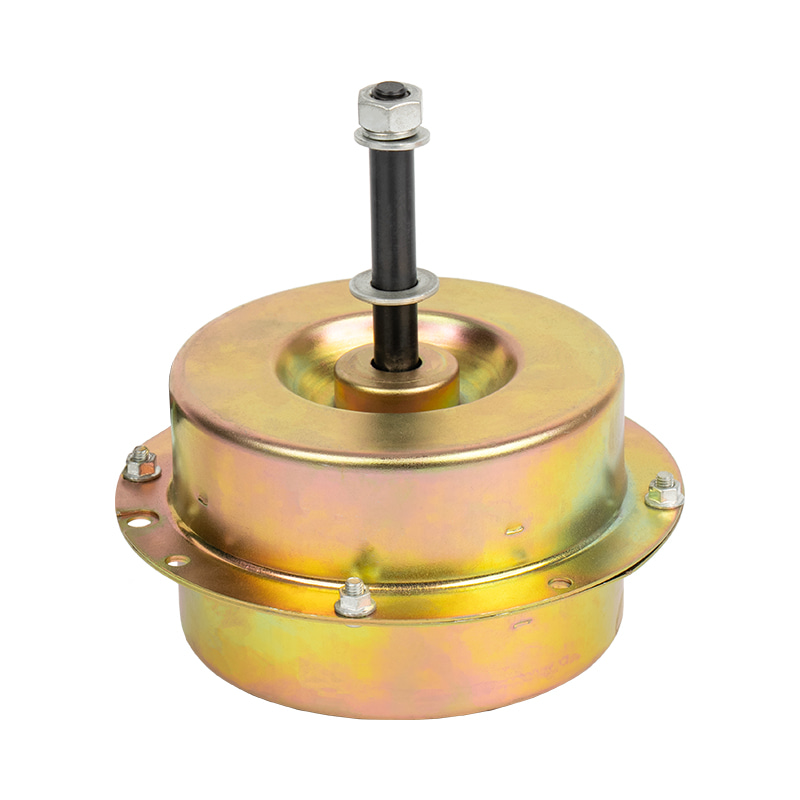
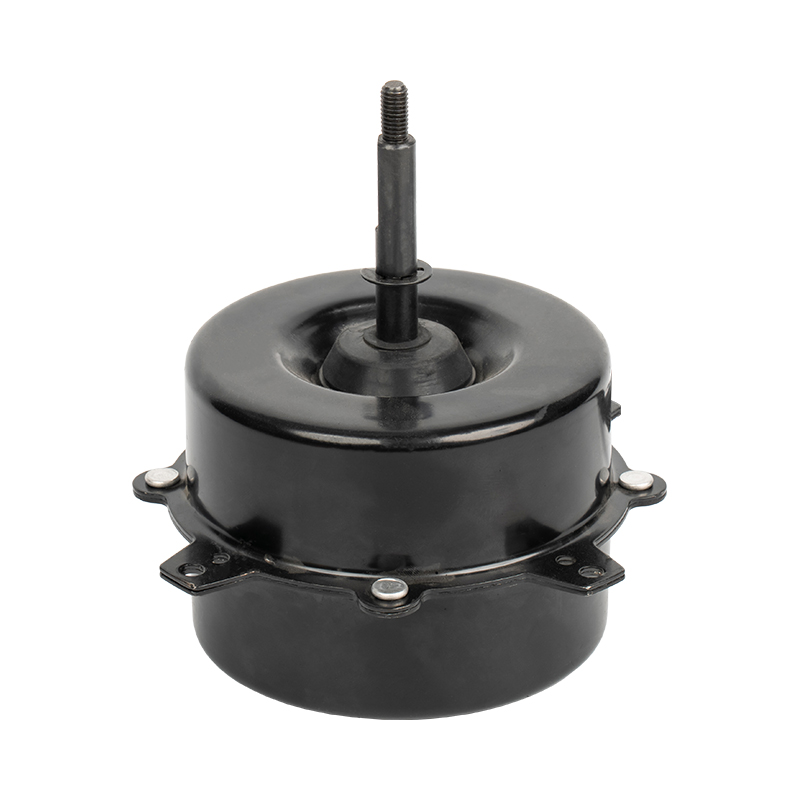
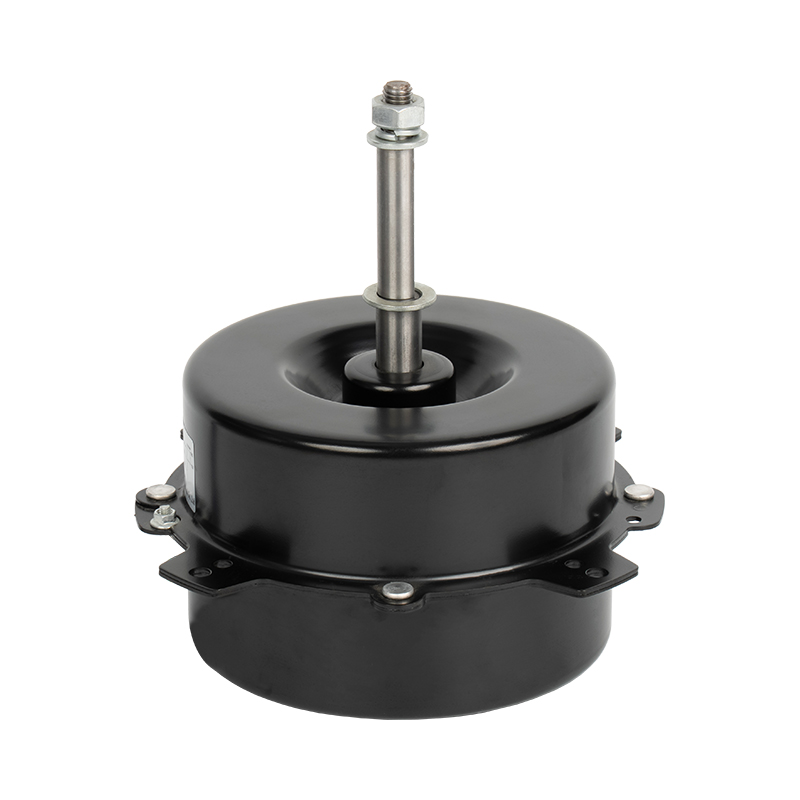
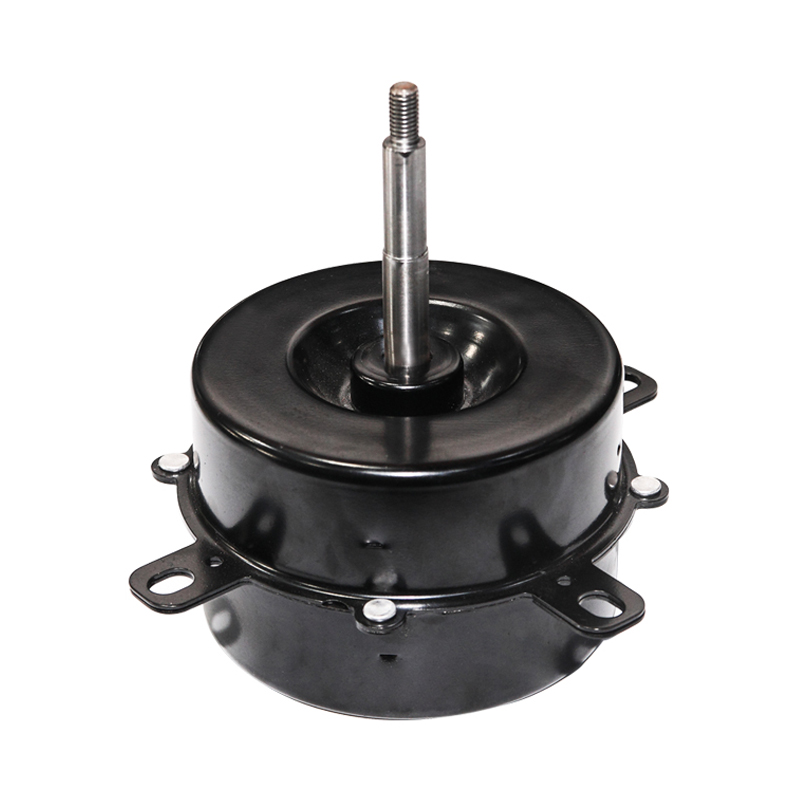
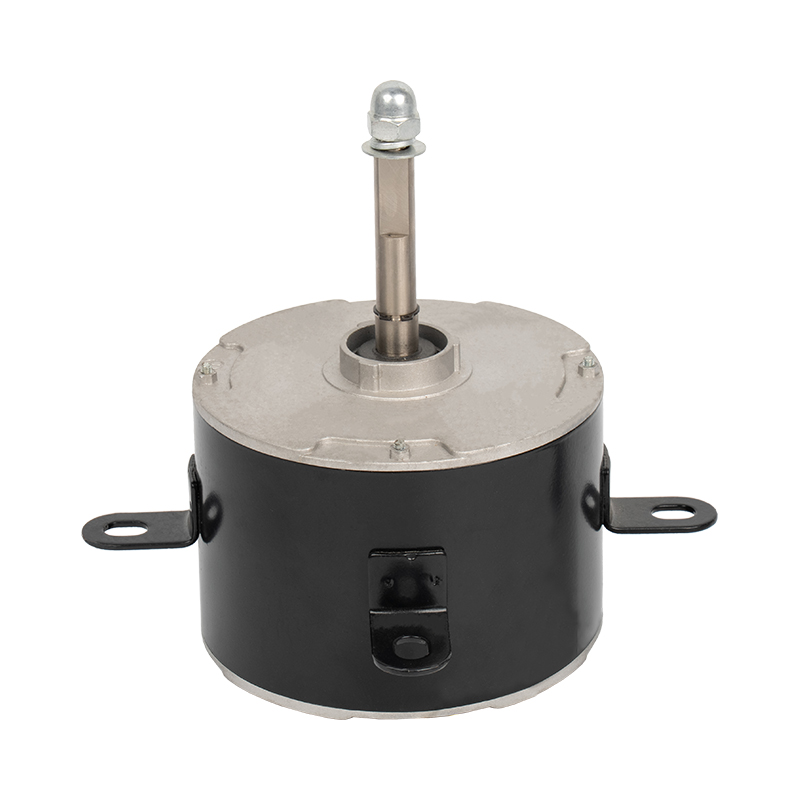



 Home
Home  Tel.: +86-13819807486
Tel.: +86-13819807486 Whatsapp:+86 13819807486
Whatsapp:+86 13819807486 E-mail:
E-mail: 



